 Abraham Lincoln
If given the truth, the people can be depended upon to meet any national crisis...
Abraham Lincoln
If given the truth, the people can be depended upon to meet any national crisis...
 Guildford news...
for Guildford people, brought to you by Guildford reporters - Guildford's own news service
Guildford news...
for Guildford people, brought to you by Guildford reporters - Guildford's own news service
Birdwatcher’s Diary No.249
Published on: 18 Feb, 2022
Updated on: 18 Feb, 2022
By Malcolm Fincham
High pressure continued its iron-like grip over Europe and the southern regions of the UK, bringing mostly dry and above average temperatures into the first weeks of February.
Although a little late to the party, reports had been coming through since early January of large flocks of passerines feeding in a field, on the eastern side of Surrey.
They could be seen north of Clifton Lane, Reigate Heath at the foot of the North Downs. They had been increasing in their volume as weeks passed, and could still be seen in good number during the first weeks of February.
At their peak, more than 1,000 birds that had been feeding on, what looked to be, turnip seed.
Once again in the company of Bob and Dougal our arrival there immediately saw a good 20 or more bramblings perched up in a tree.
The impressive flocks feeding included linnets and chaffinches where more than 400 wintering bramblings could be viewed in the field beyond.
Unsurprisingly, from time to time a sparrowhawk made its presence known.
This, conveniently for me and my photography, allowed a number of opportunities to attempt a few in-flight shots as the bid of prey flushed them up from their feeding areas. Also giving an opportunity to admire such awesome flocks of wintering birds.
While in the area of Reigate, it gave us another chance to see the female ring-necked duck that we had previously seen on Priory Pond just a few months previous.
Much closer to home my observations covered the usual familiar local ‘patches’.
On Thursley Common Dartford warblers, suspect to cold winters, appeared to be surviving in good numbers.
While stonechats, both male and female, could occasionally be seen perched up on sentry duty.
The mild weather saw the emergence of several bees attracted to the opportunistic gorse, some of which was already in blossom.
Red kites have become a common sight throughout Surrey in recent years, so it was of no surprise to see one gliding over the tree line at Thursley.
On the far smaller heathland of Whitmoor Common in Worplesdon goldfinches had become of common sight.
In the old horse paddocks 30 or more redwings could be viewed feeding on worms.
Several green woodpeckers were also present.
While across the field a common buzzard could be viewed, perched up.
Bird song was increasing during the sunnier of days, nuthatches calling from high up in the trees.
Out on the heathland stonechats could be viewed, perched up on gorse and dead branches. A Dartford warbler skimmed over a carpet of heather disappearing from view into its cover. A red kite flew low overhead, inquisitively looking down on me.
A raven passed by low overhead.
Near the car park by Salt Box Road a song thrush could be seen singing.
On February 9 at Worplesdon Churchyard I saw my first butterfly of the year. A red admiral fluttered down like a falling leaf briefly settling among a group of snowdrops, barely long enough for me to snap a photo before taking to the air and drifting out of sight.
A kestrel perched in a tree that bordered the graveyard, looking out across the field beyond.
While a sparrowhawk glided high over the church.
Although a little quiet for birds, a roe deer came to view momentarily. Spotting me, it made a rapid exit from just beyond the gravestones, just allowing me a photo of its rear end.
Across the road from St Mary’s church lies Merrist Wood College, with a network of public footpaths running through its grounds.
A couple of dozen wintering thrushes included both fieldfares and redwings actively working their way though the hedgerows.
A common buzzard flew low across the golf course. Eventually perching up in on of the many oak trees lining its border.
A small group of greylag geese grazed in the longer grass by the golf course, before taking flight in the direction of a large pond at the far end of the fairway.
At Britten’s Pond a male kingfisher continued to show well from time to time on most days during the first weeks of the month.
Adding to this year’s sightings there, a great crested grebe had made a return, now already showing signs of breeding plumage.
While the previously seen wintering little grebe could still be seen.
A walk across the farmlands of Hambledon, near Godalming, was a first for me in many a year. Having visited the Merry Harriers pub on many occasions in my teens and even played for their village football team for a few seasons back in the day, my latest visit was quite an inspiring one.
Parking in the car park at Hydon’s Ball, we walked through a woodland area, adjacent to a 179m hill covering Hydon Heath.
Within the woodland area we picked out several treecreepers.
A marsh tit calling was a pleasant addition to the day’s sightings.
In the fields beyond the woodland, both redwings and fieldfares could be seen together feeding on the grasslands.
Stonechats perched up along the fence line, counting at least eight, possibly more.
A red kite could be viewed there quartering, often low, as if opportunistically looking for a meal.
Most awe-inspiring to me were the large flock of what looked to be well over 200 linnets. These, like the large flocks we had previously seen at Reigate, were feeding on crop seed.
Checking through them as they flew around the field and eventually as they perched up to rest a while in a tree just behind us, unfortunately, on this occasion, we were unable to pick out any bramblings among them.
Completing my day’s photos was the impressive sight of large flocks of wintering wood pigeons.
A trip out further afield with Bob and Dougal took me to Burpham in West Sussex, just south of Arundel. It gave us the opportunity to add a few more sightings to this year’s listings. A count of nine wintering Bewick’s swans, although distant, could be viewed across the valley.
While nearby at The Bugh, we had the opportunity to add a grey partridge.
And two yellowhammers to our year’s sightings.
While brown hares could also be viewed across the grassland.
A bonus to the day’s sightings was a ring-tail hen harrier quartering over the distant expanse of fields between where we stood and Arundel Castle to its north.
On February 12, I couldn’t resist another invite across the Surrey border into Sussex. This time our destiny was the town of Eastbourne, East Sussex.
The dry weather we had been blessed with over the past few weeks continued.
Our first stop was for the opportunity to see a hooded crow. Although a common sight in Scotland, and even just across the North Sea in both north and south eastern Europe, for unknown reasons they remain a rare sighting in southern regions of the UK.
Having recalled the last one I had seen was on February 24, 2019, that wintered just along the south coast in West Sussex, I wondered if it could have been the same chap?
We caught up with this “scallywag” loitering in the same vicinity where it had first reported. He had been “hanging out” in the trees by a McDonald’s restaurant. And also often sighted on the lamp-posts of a nearby roundabout.
The principal reason for our visit to Eastbourne was to a residential estate on the west side of the town.
Hill Road had been attracting much attention over the past week since a bird arrived. It had been recognised to be an American robin. And with so many people having already been to see it, I was a little apprehensive of the reception we might get. About the size of a blackbird, it was of no surprise to me that it had to be bigger than our famous UK robin!

In words not dissimilar to the famous Simon and Garfunkel song: “all come to look for…. American robin”.
On our arrival a crowd had already gathered, and most had been waiting for well over an hour without seeing it.
It was well into half an hour of our visit before it was noticed flying from a field just beyond the cul-de-sac. To my fortune it had flown into a garden close to where I stood.
It happened to be in the garden with a pyracantha bush in which the owner had first reported seeing it on.
For me, it had to be my best bird of the year so far!
Recent Articles
- Guildford Institute’s Crowdfunding Project for Accessible Toilet in its New Community and Wellbeing Centre
- Letter: Guildford – Another Opportunity Missed?
- Letter: GBC’s Corporate Strategy – Where Is the Ambition?
- My Memories of John Mayall at a Ground-breaking Gig in Guildford Nearly Six Decades Ago
- Westborough HMO Plans ‘Losing the Heart of the Street’ Says Resident
- College Invests to Boost Surrey’s Economy and Close Digital Skills Gap
- Community Lottery Brings Big Wins for Local Charities
- GBC Housing Plan Promises ‘A Vibrant Urban Neighbourhood’ Near Town Centre
- Hospital Pillows ‘Shortage’ at the Royal Surrey
- Updated: Caravans Set Up Camp at Ash Manor School


Search in Site
Media Gallery
Dragon Interview: Local Artist Leaves Her Mark At One of England’s Most Historic Buildings
January 21, 2023 / No Comment / Read MoreDragon Interview: Lib Dem Planning Chair: ‘Current Policy Doesn’t Work for Local People’
January 19, 2023 / No Comment / Read MoreA3 Tunnel in Guildford ‘Necessary’ for New Homes, Says Guildford’s MP
January 10, 2023 / No Comment / Read More‘Madness’ for London Road Scheme to Go Ahead Against ‘Huge Opposition’, Says SCC Leader
January 6, 2023 / No Comment / Read MoreCouncillor’s Son Starts Campaign for More Consultation on North Street Plan
December 30, 2022 / No Comment / Read MoreCounty Council Climbs Down Over London Road Works – Further ‘Engagement’ Period Announced
December 14, 2022 / No Comment / Read MoreDragon Interview: GBC Reaction to the Government’s Expected Decision to Relax Housing Targets
December 7, 2022 / No Comment / Read MoreHow Can Our Town Centre Businesses Recover? Watch the Shop Front Debate
May 18, 2020 / No Comment / Read More



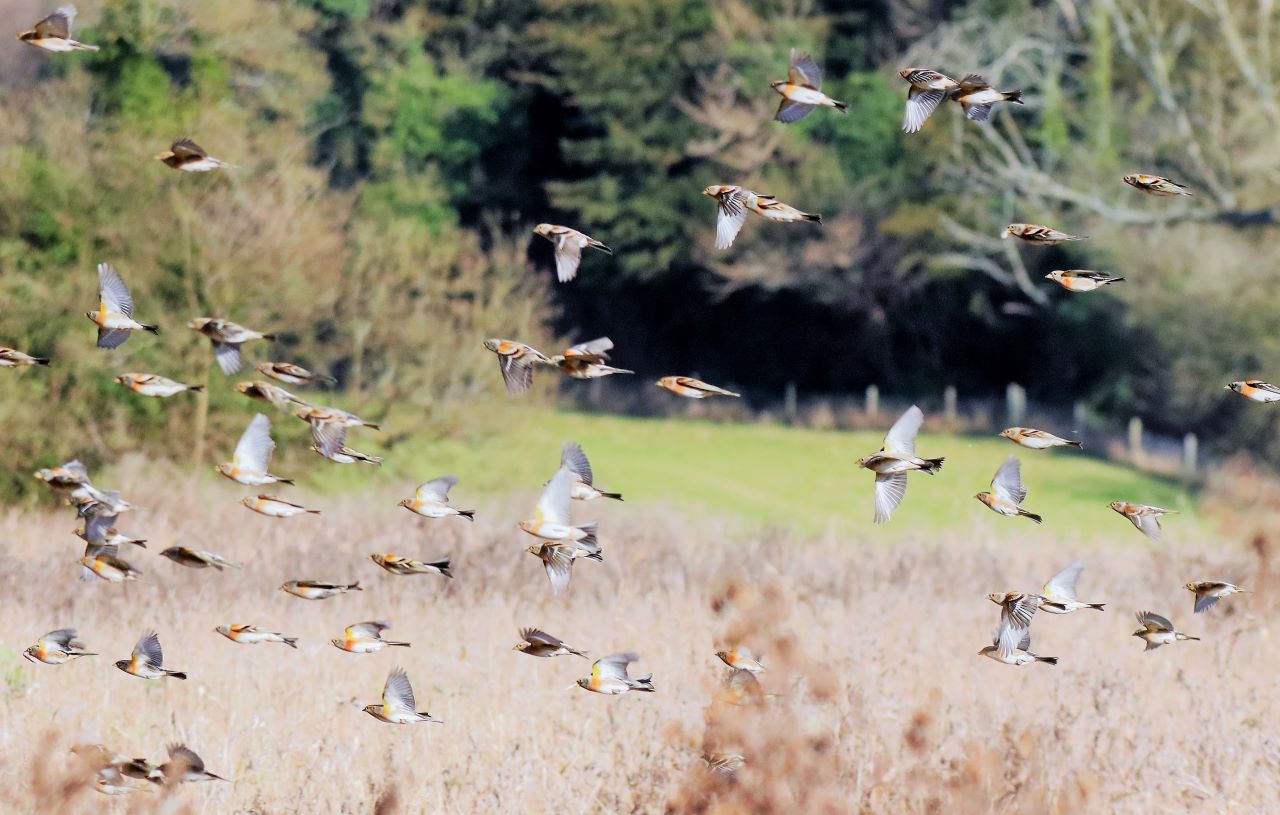
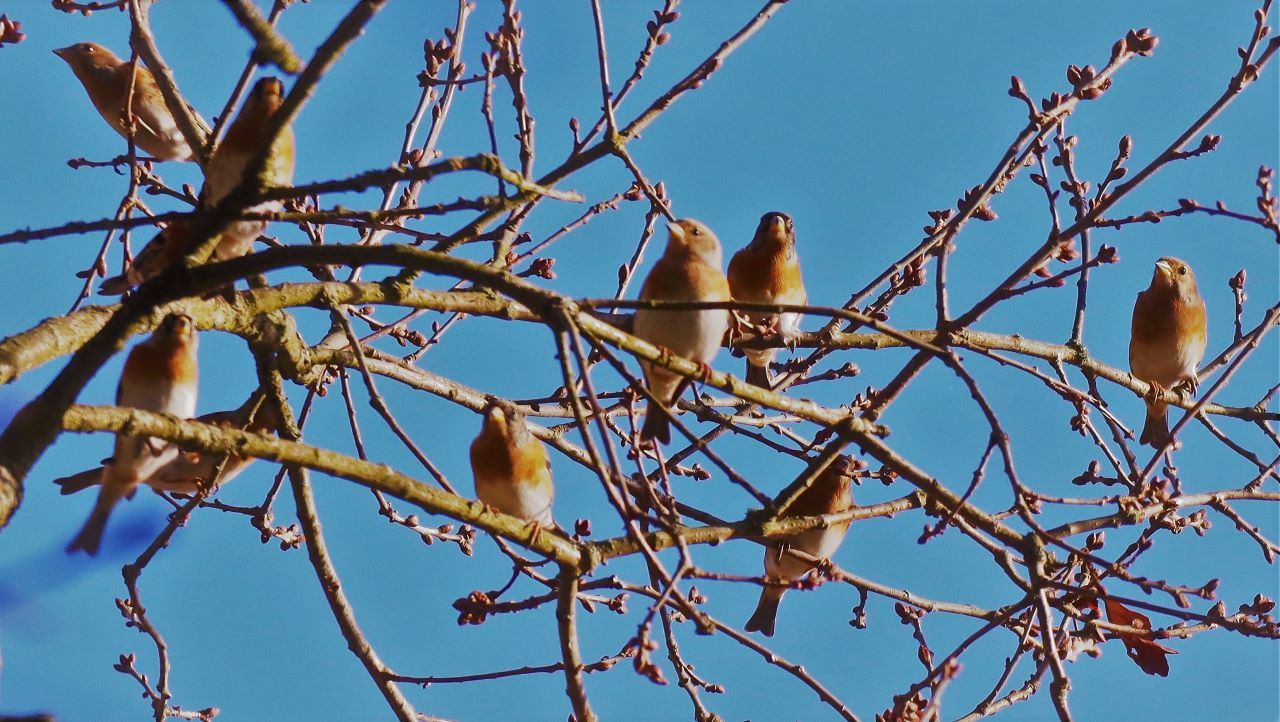
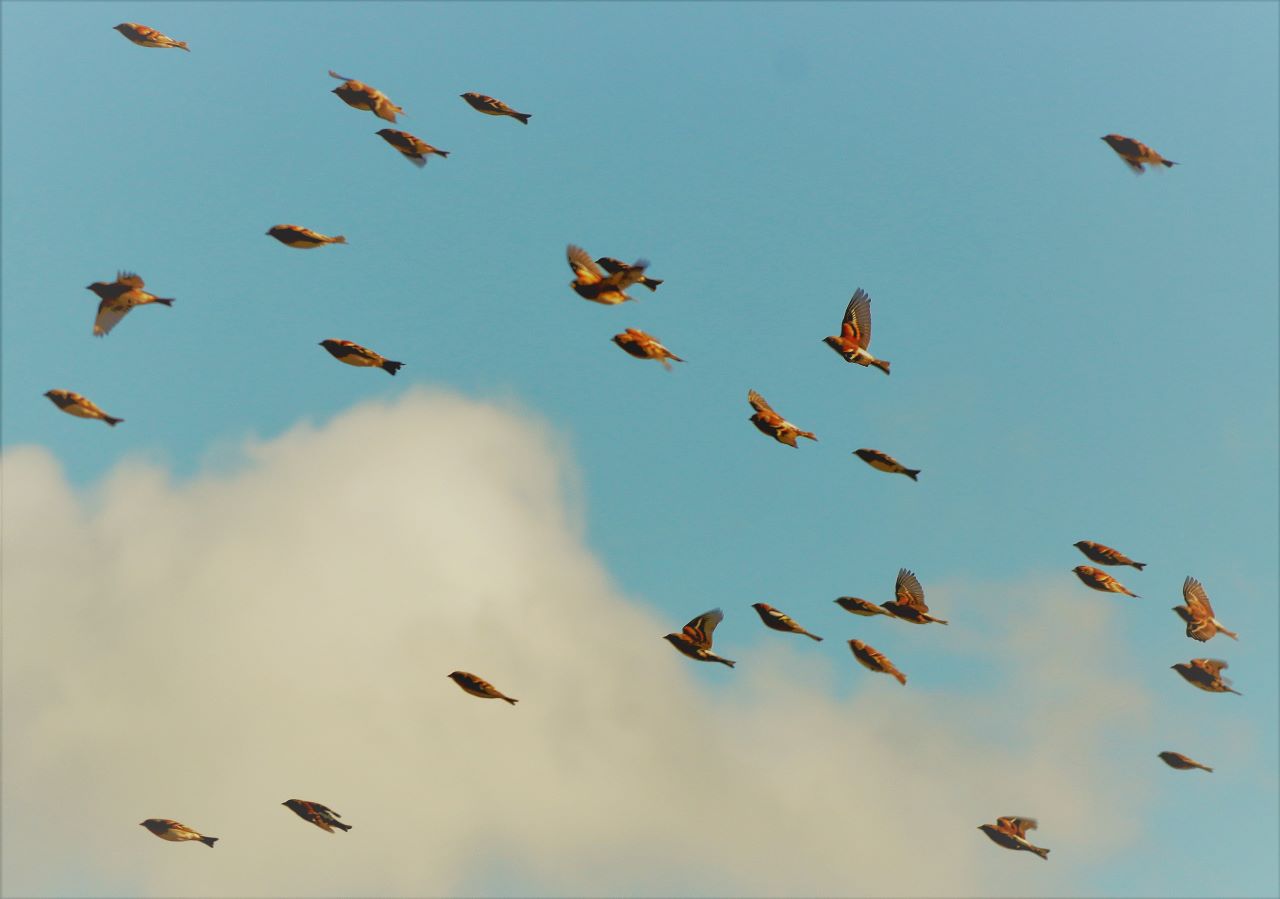
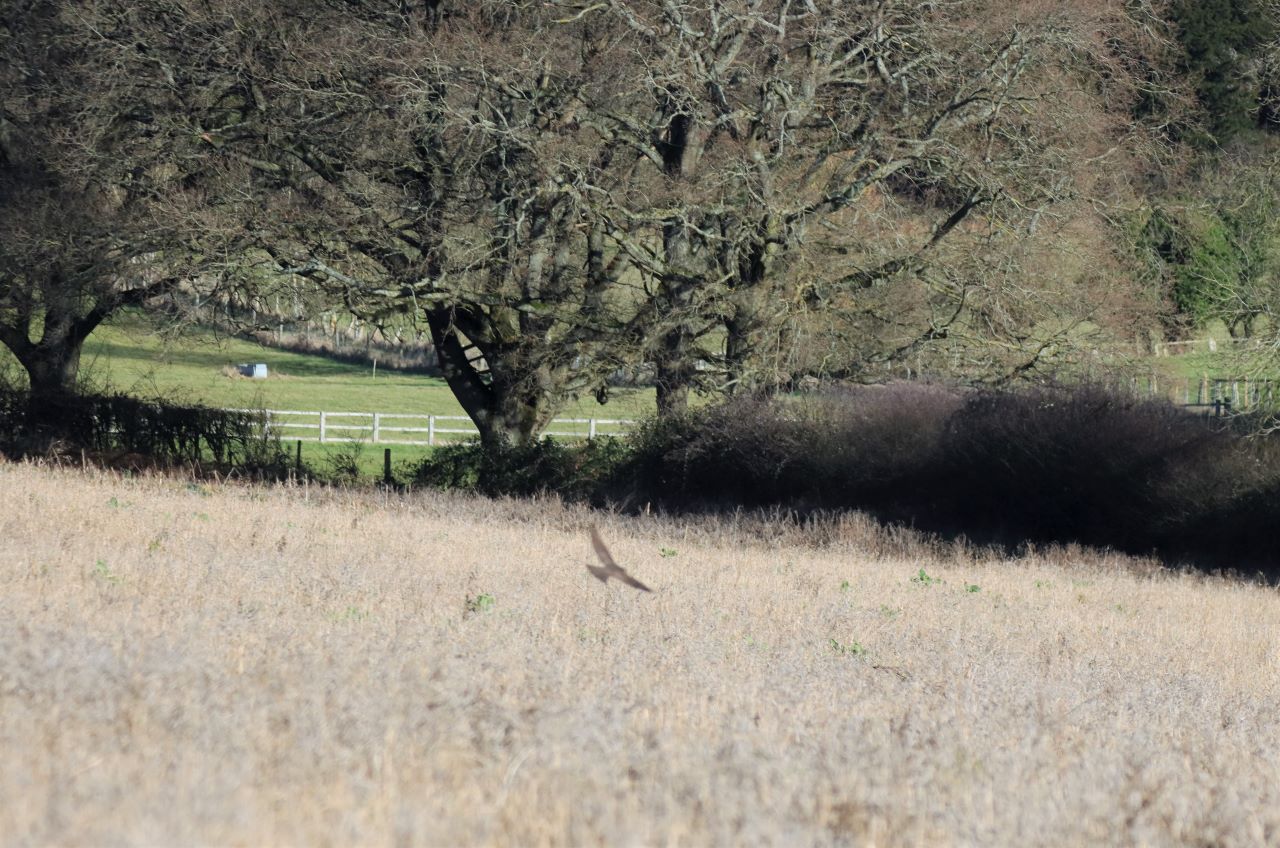

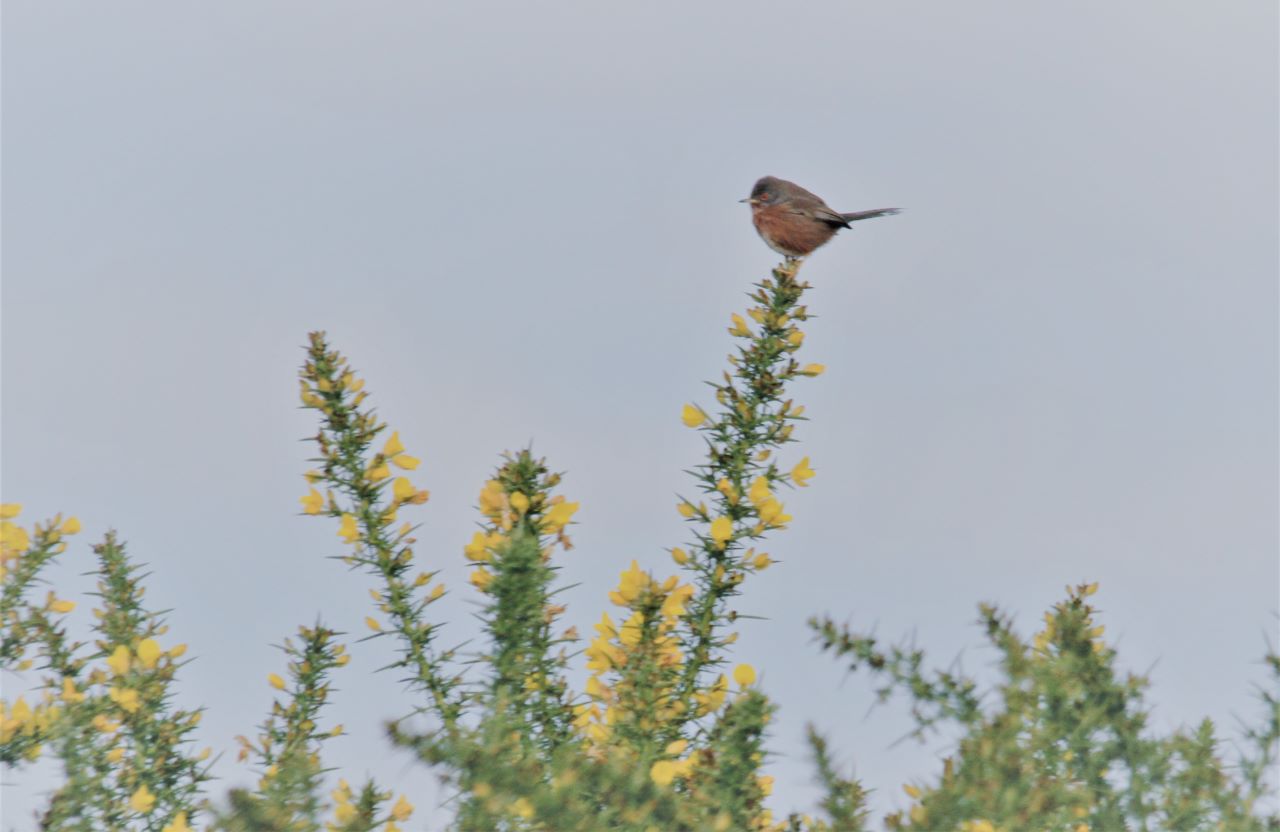

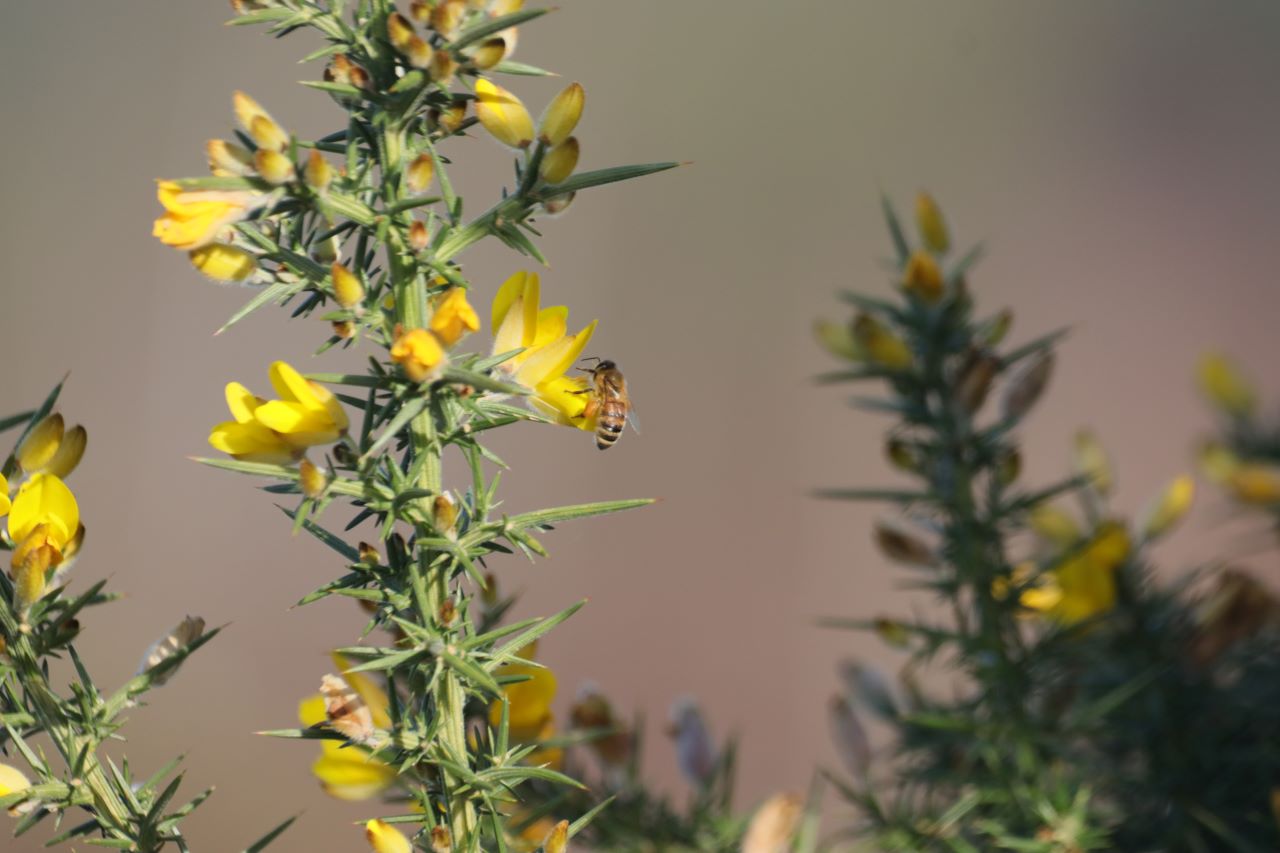



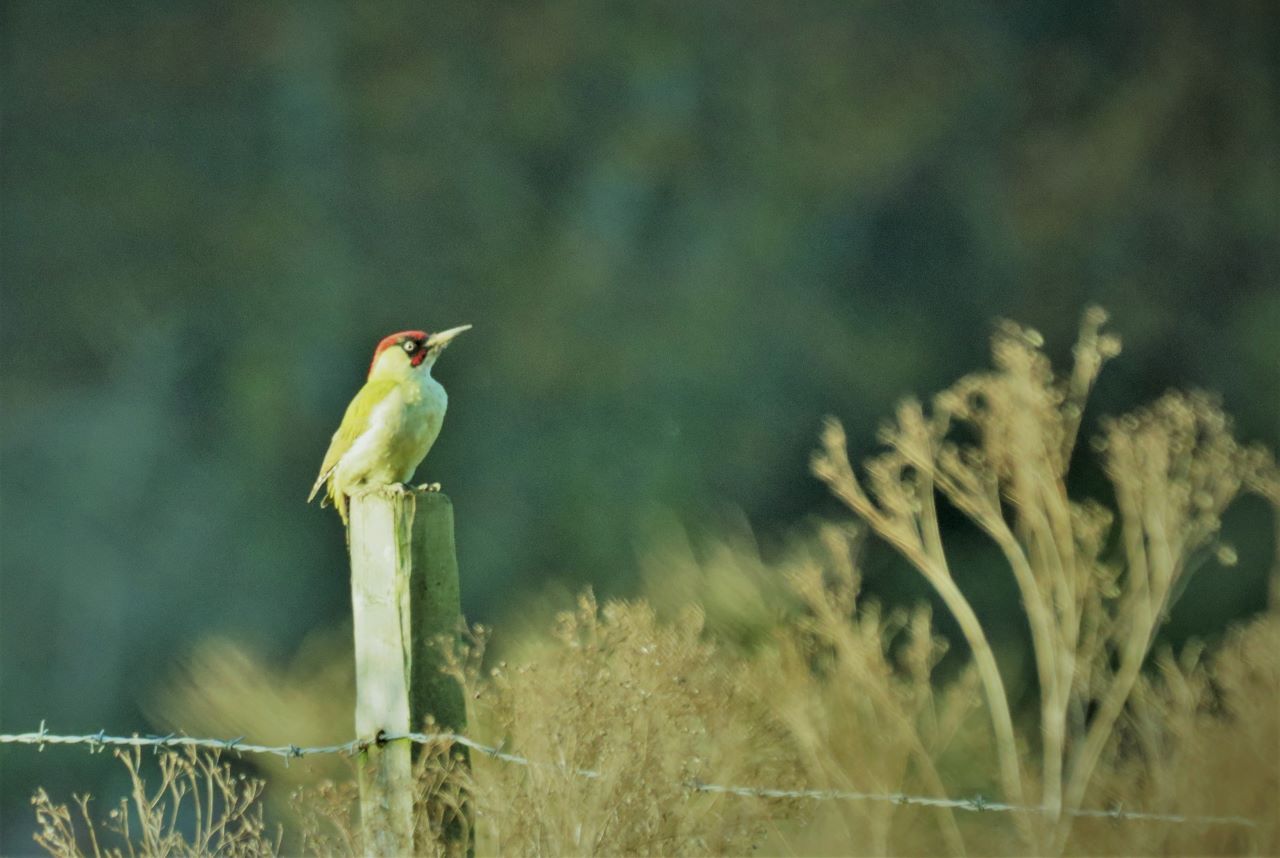
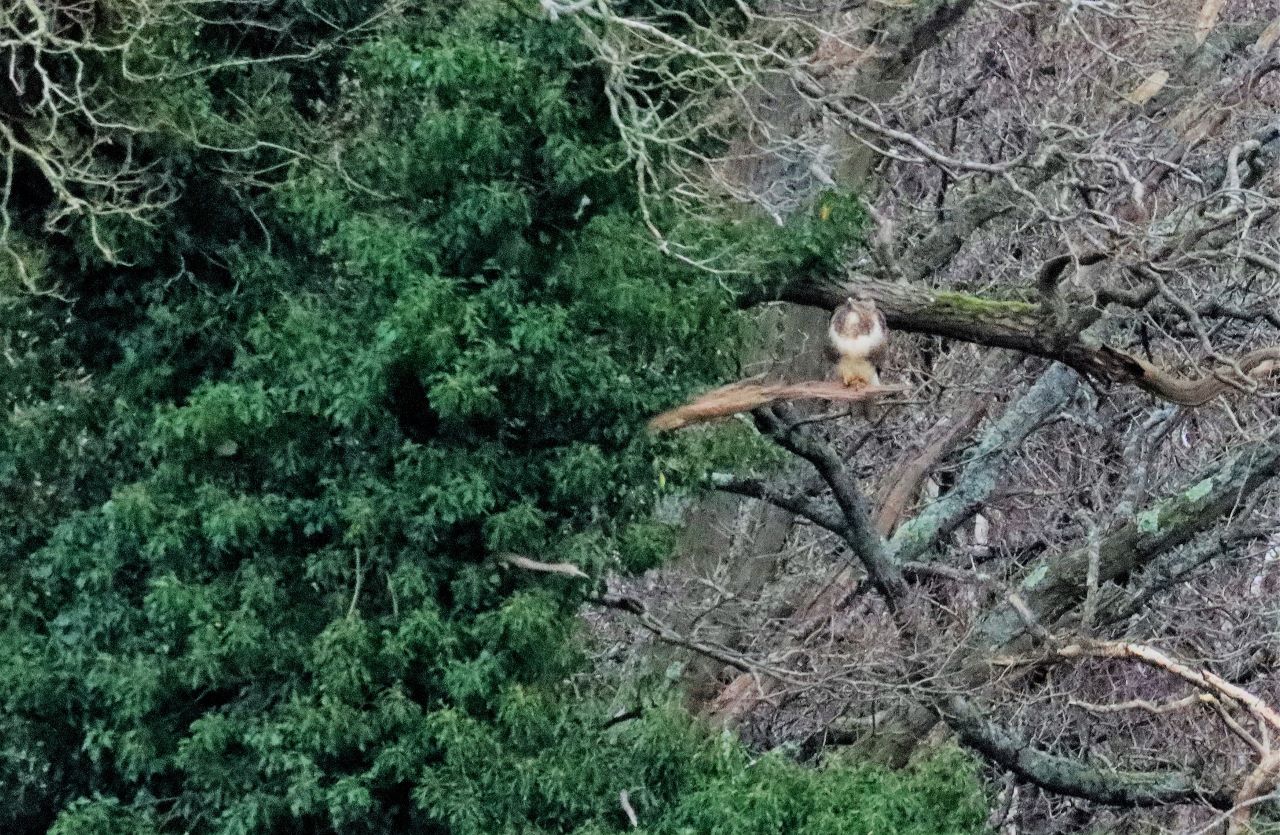
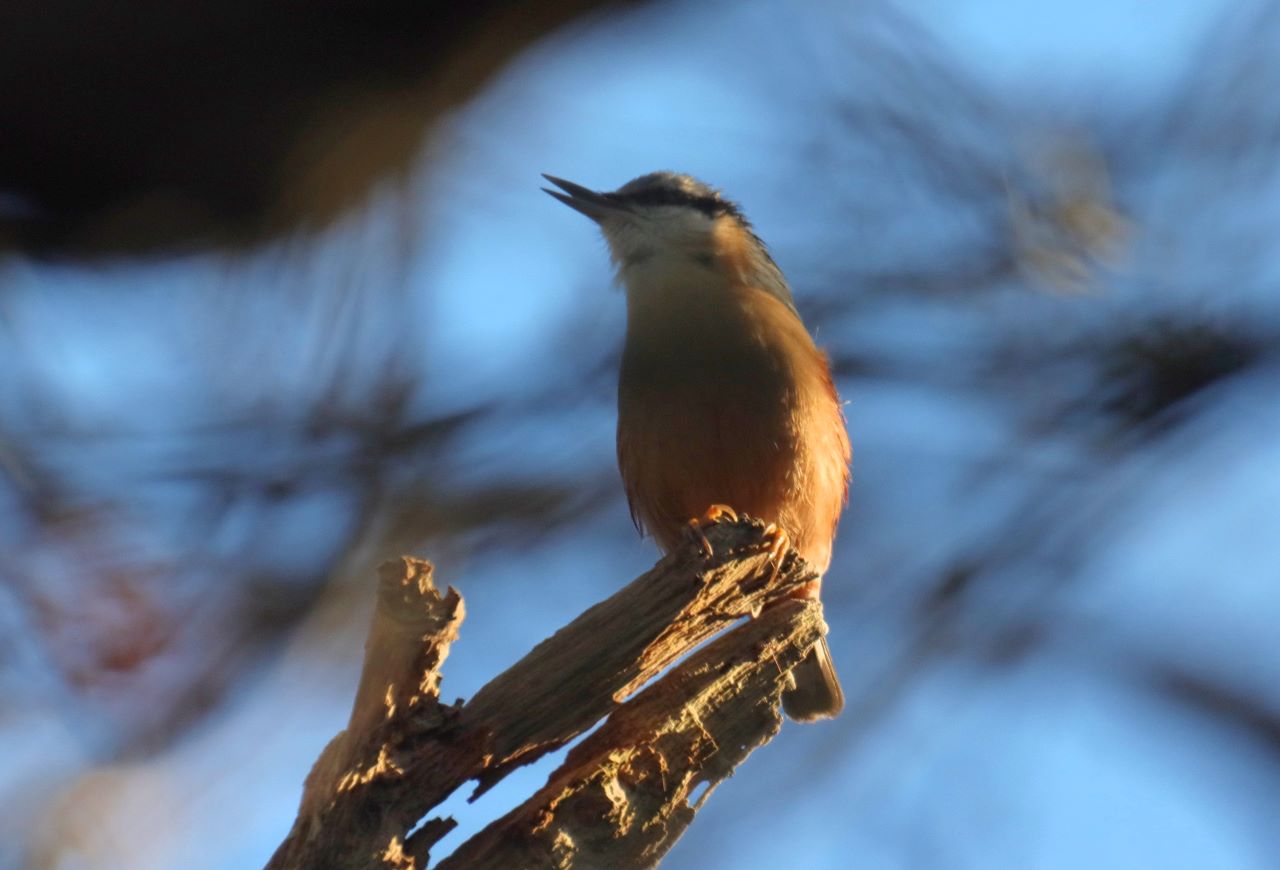


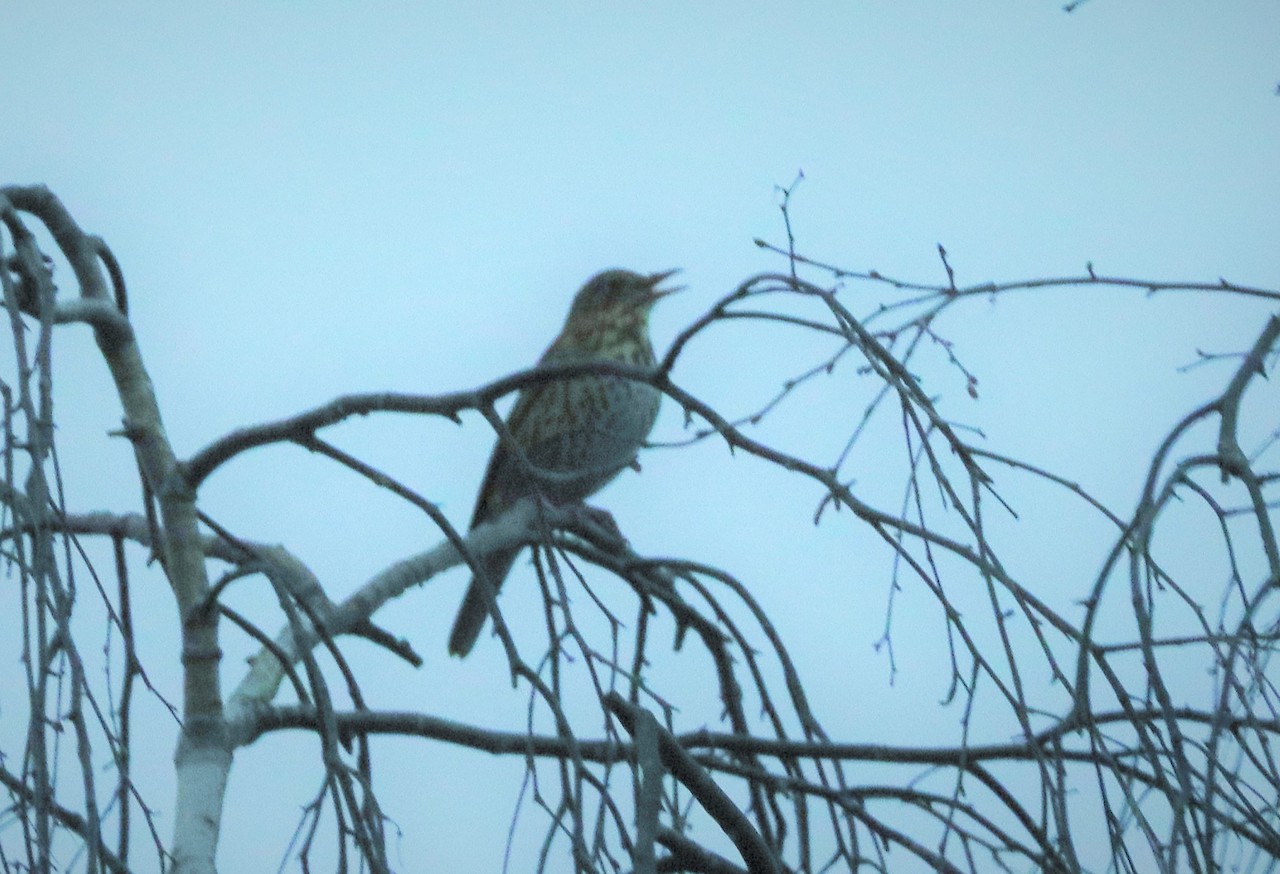

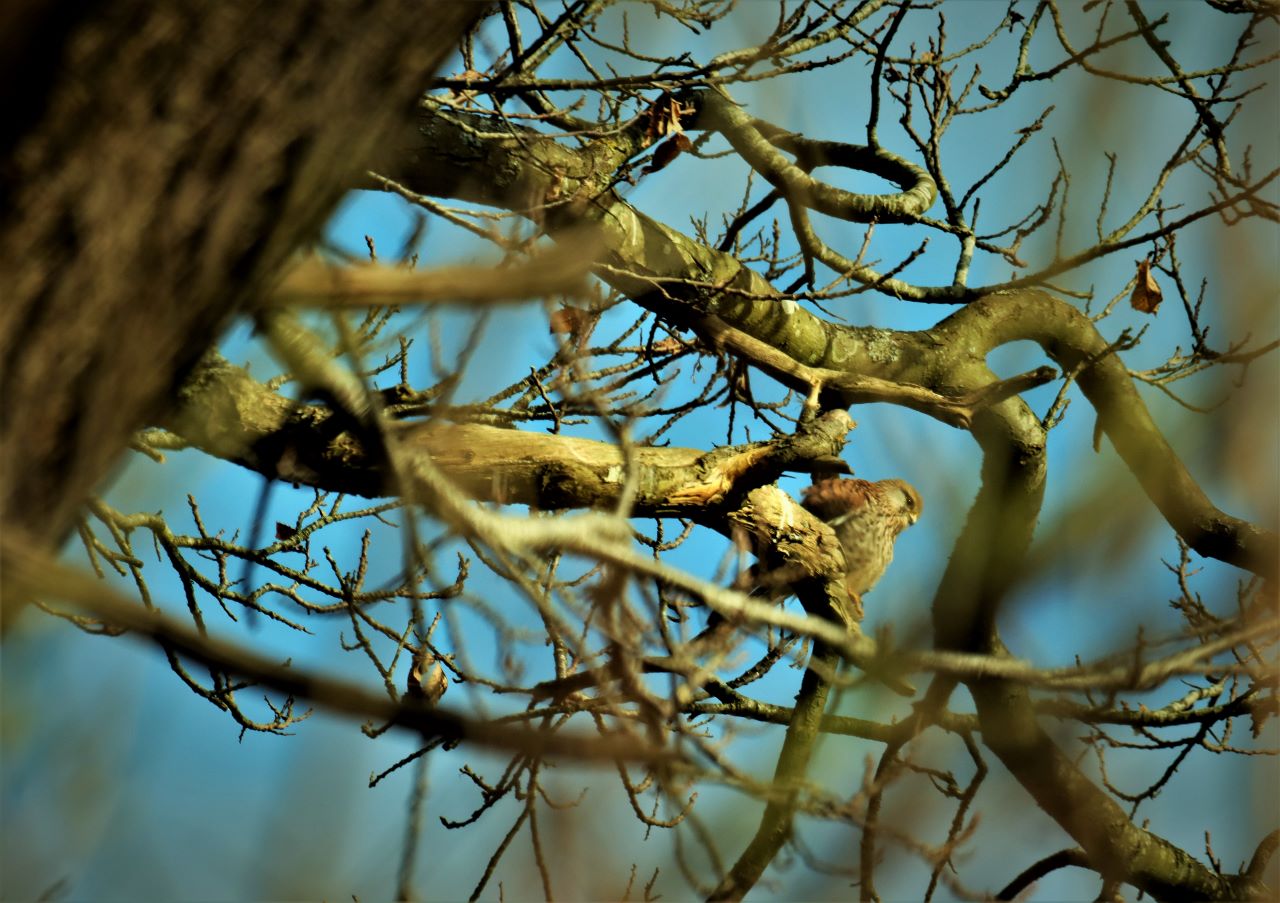

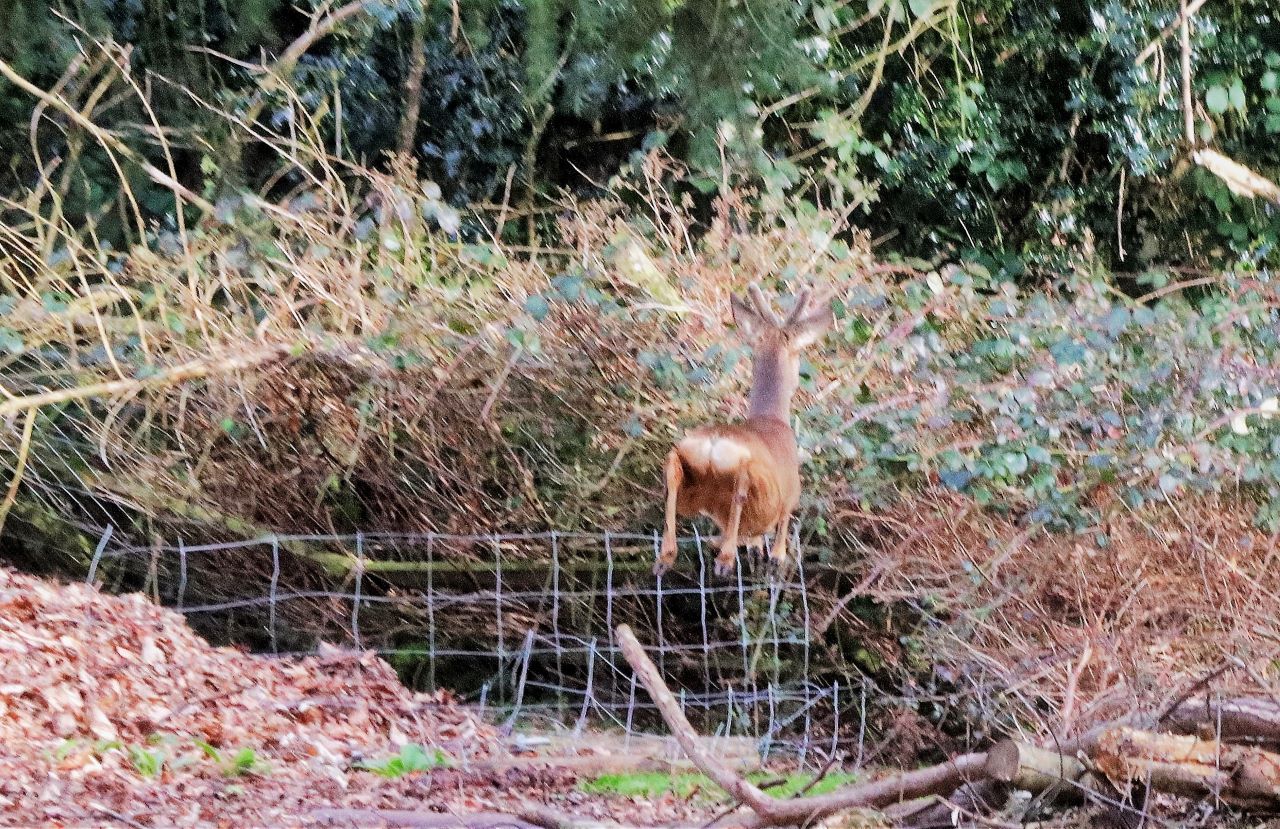

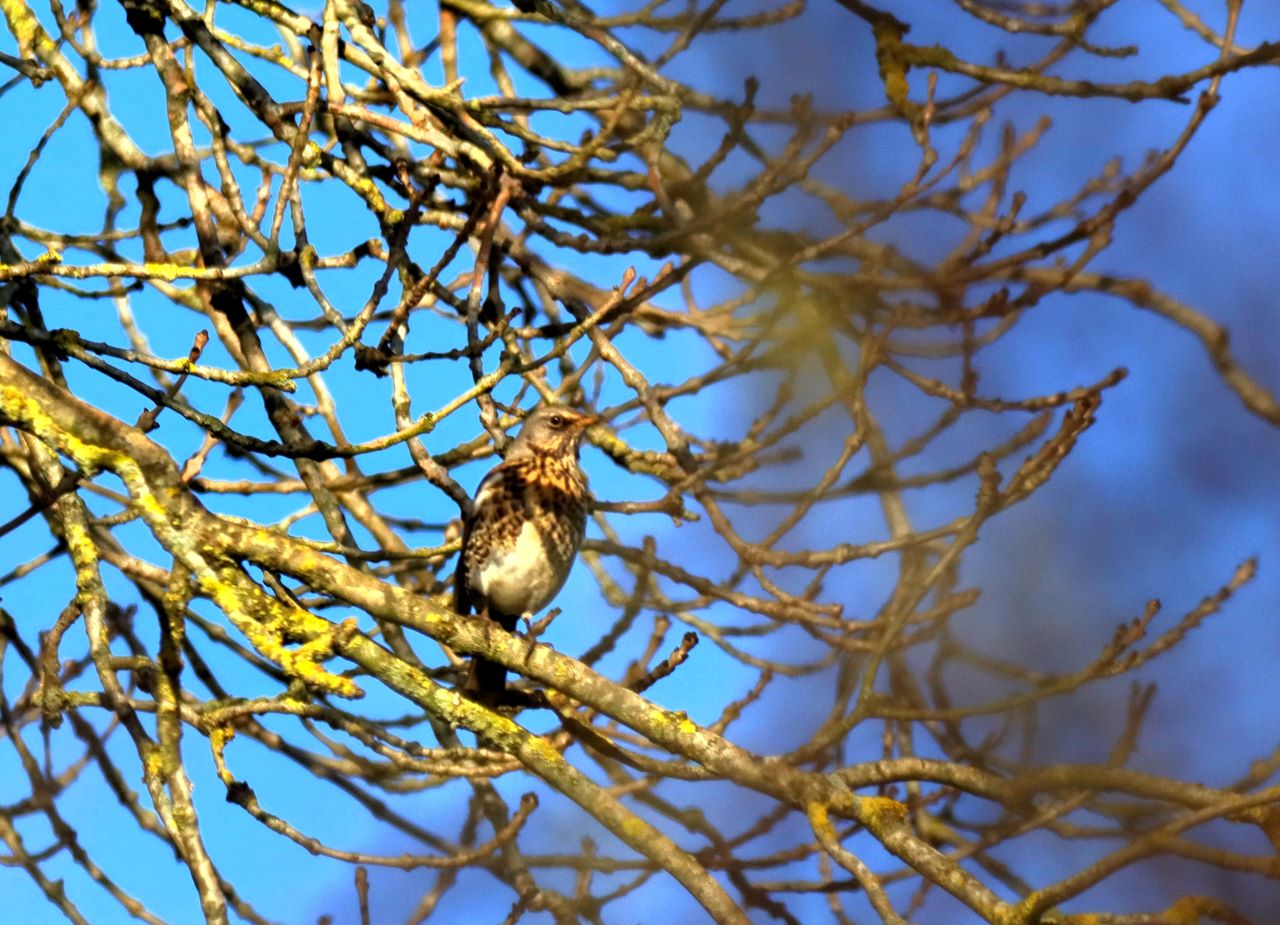

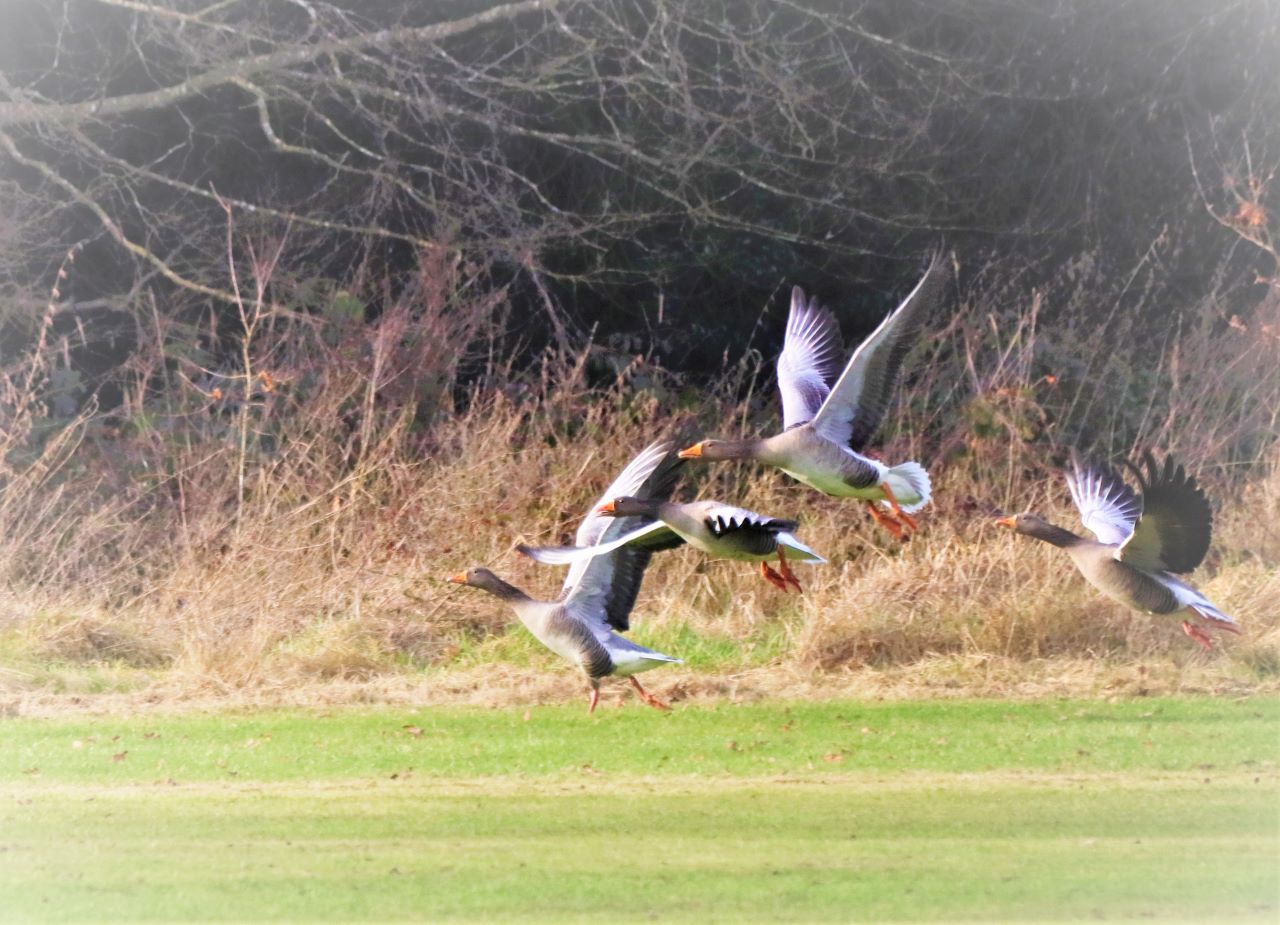
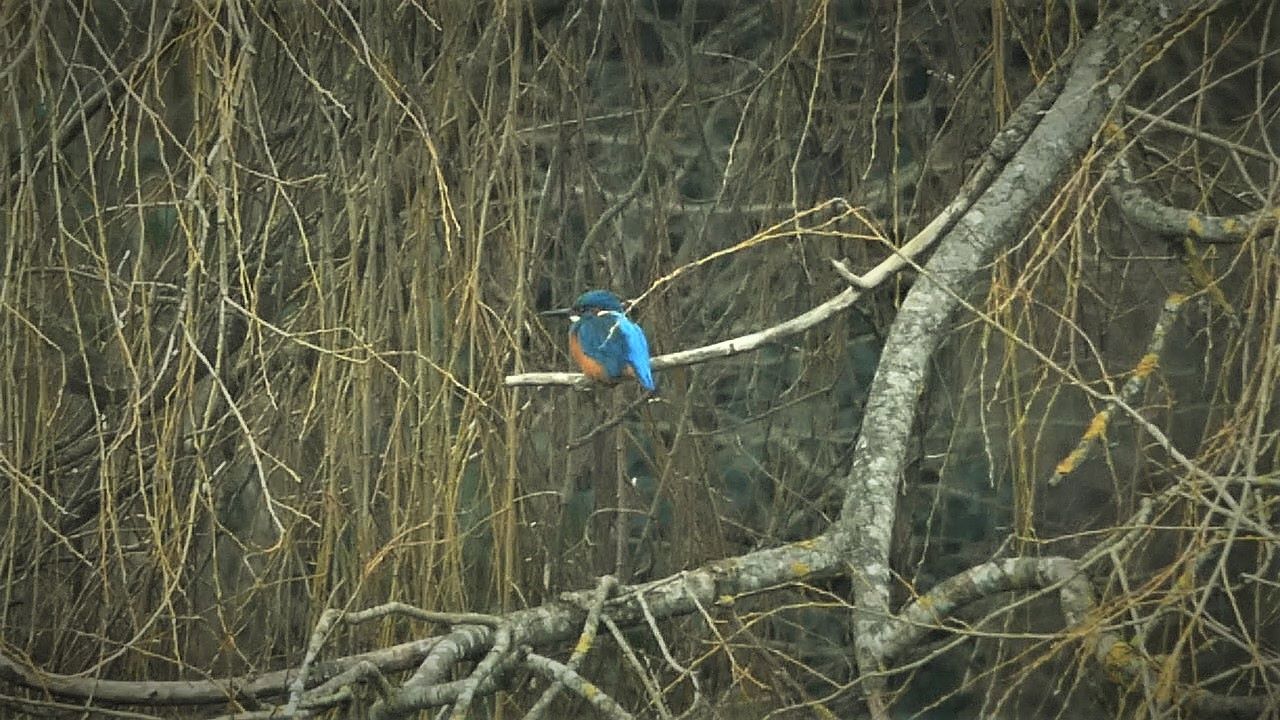
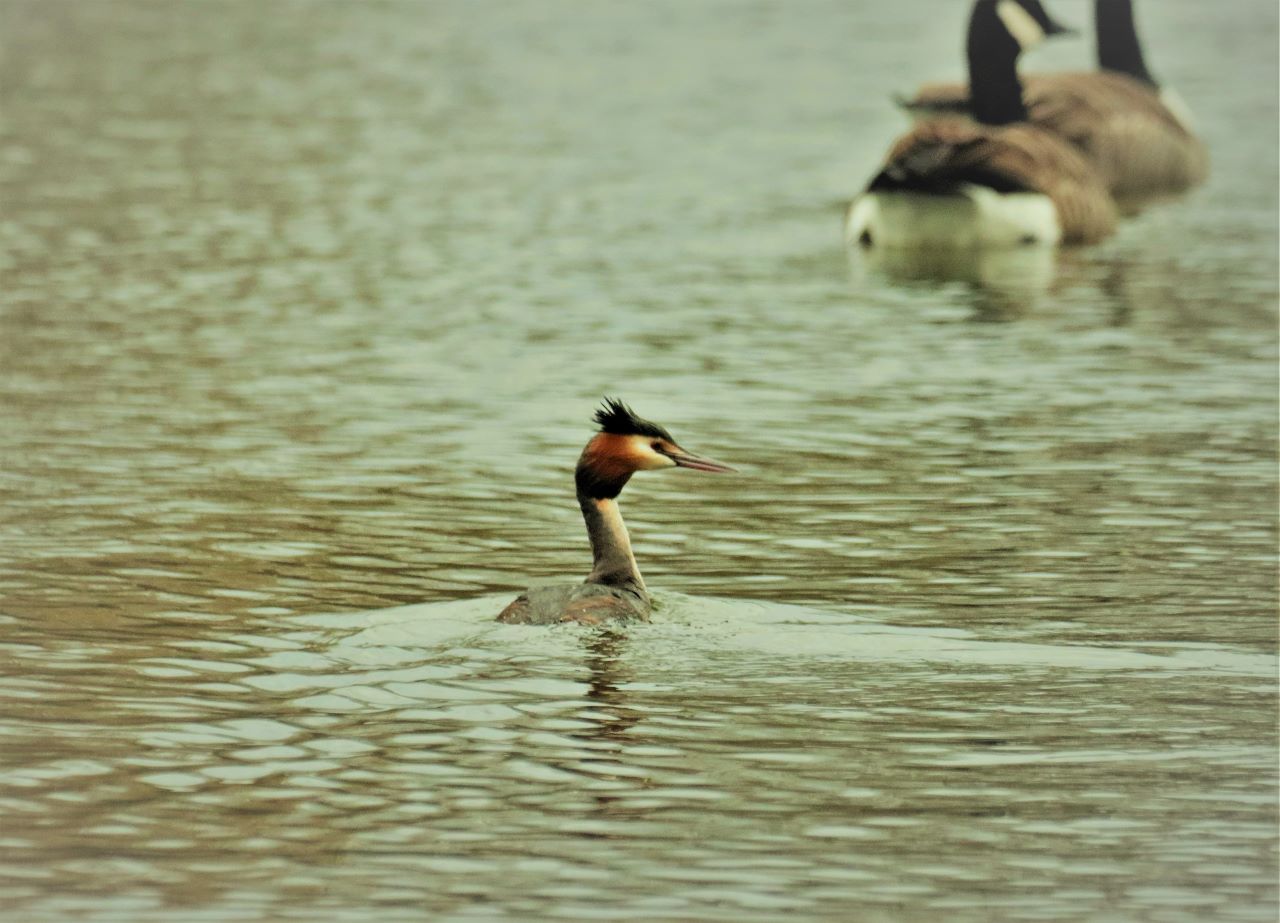
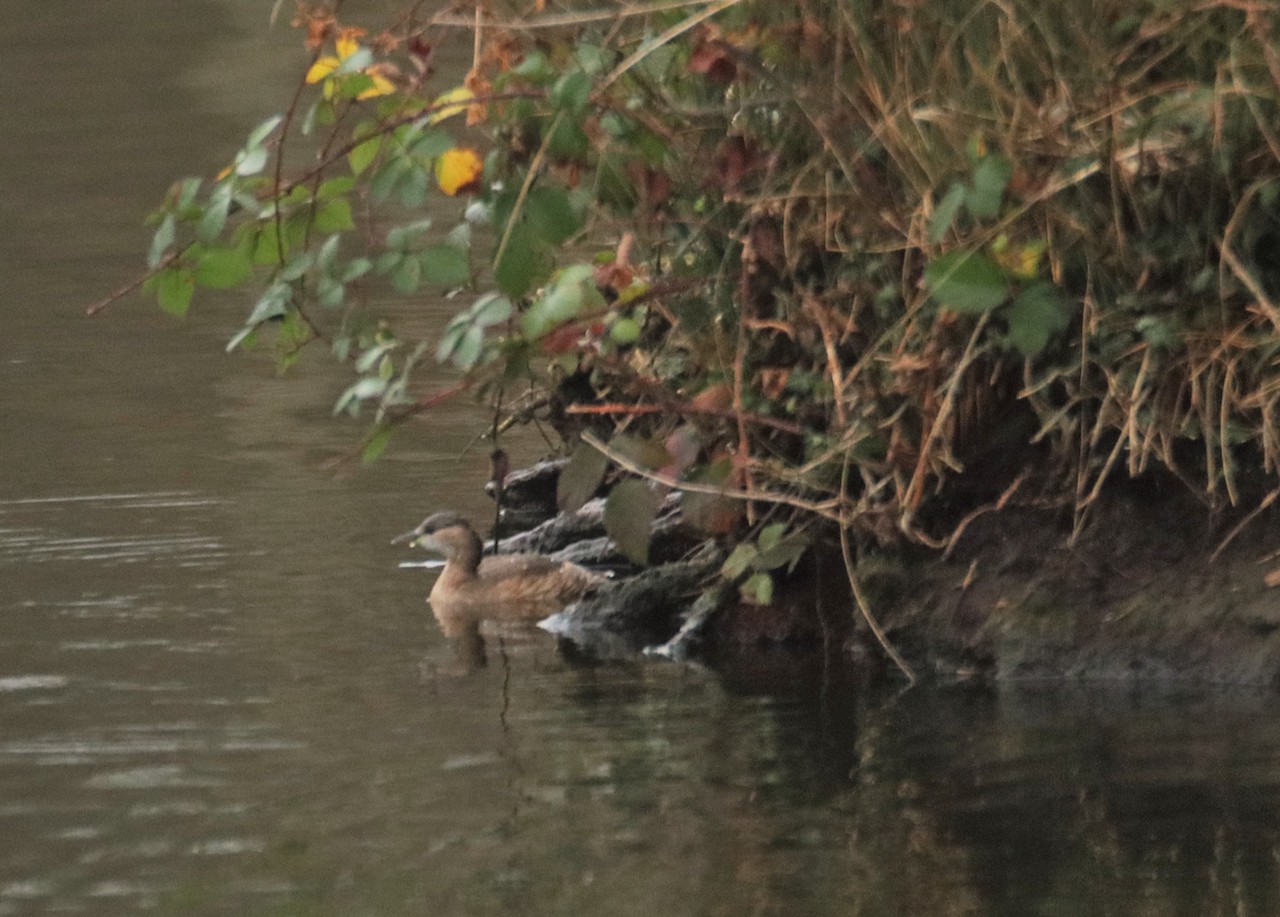
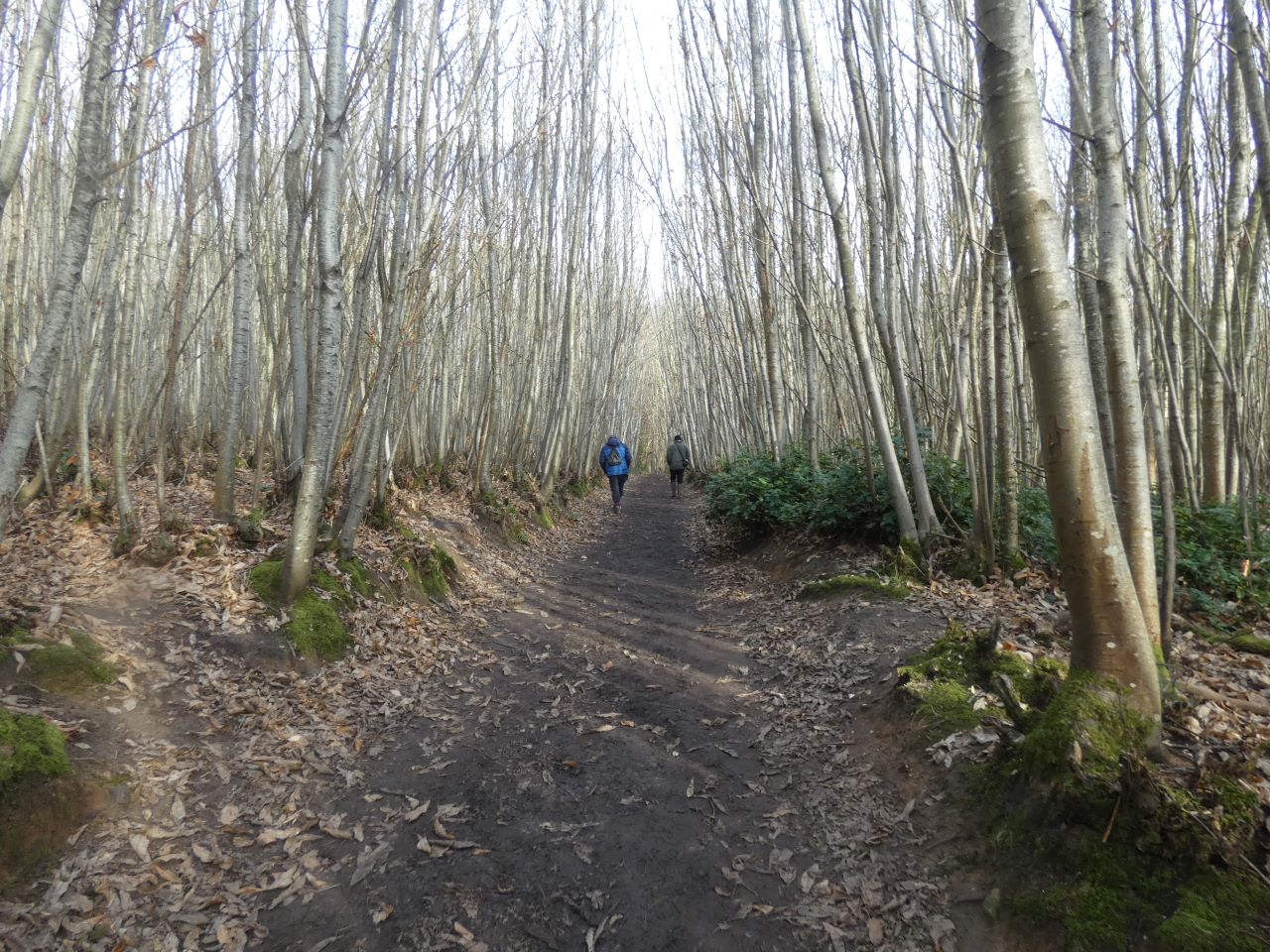



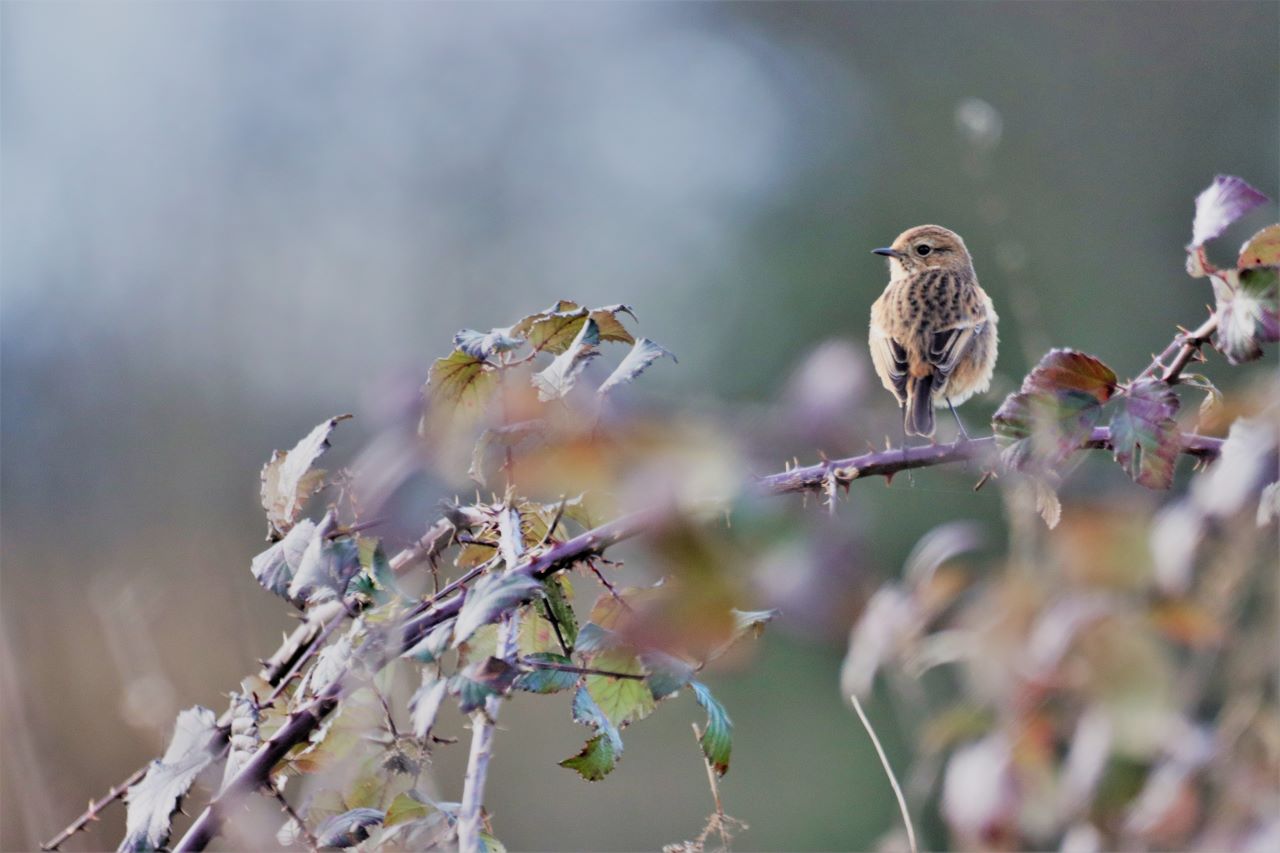
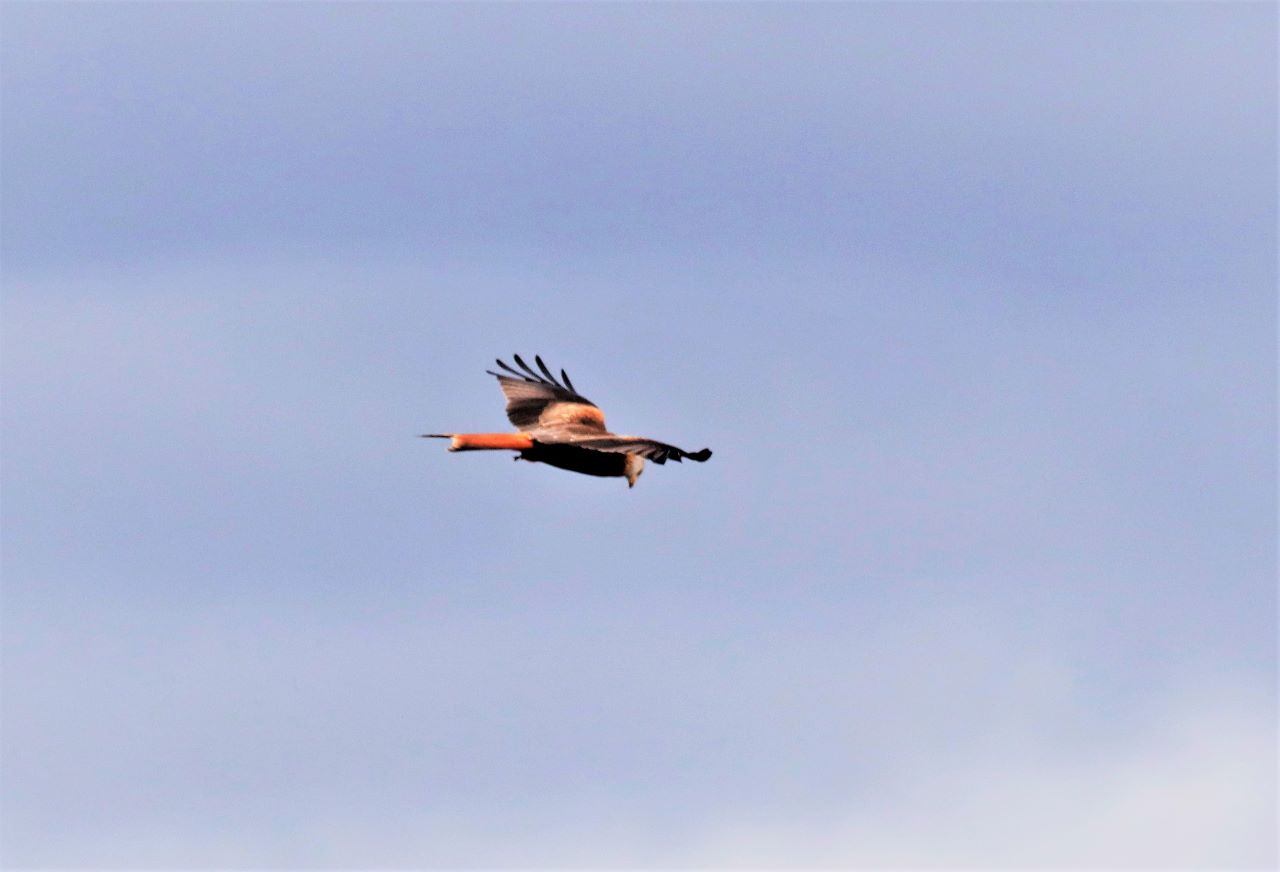

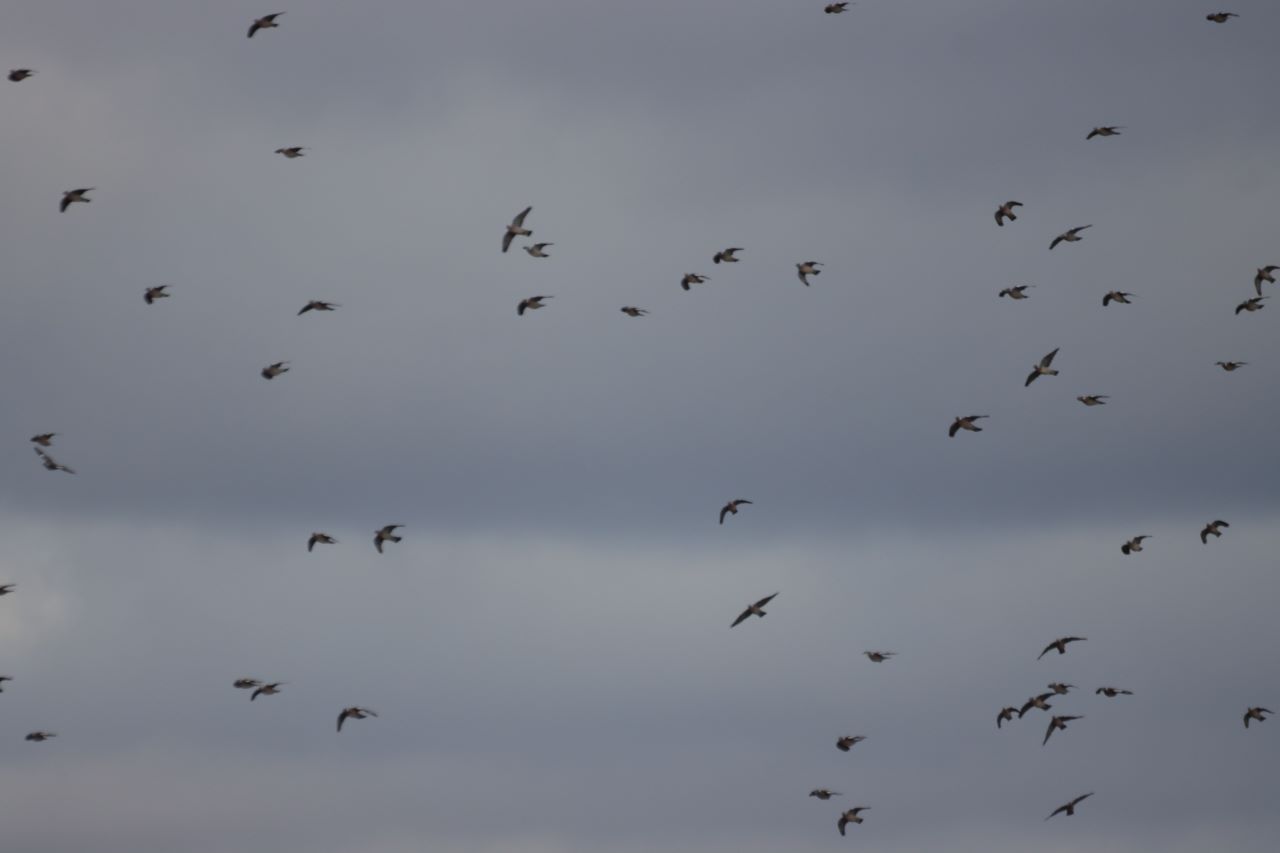
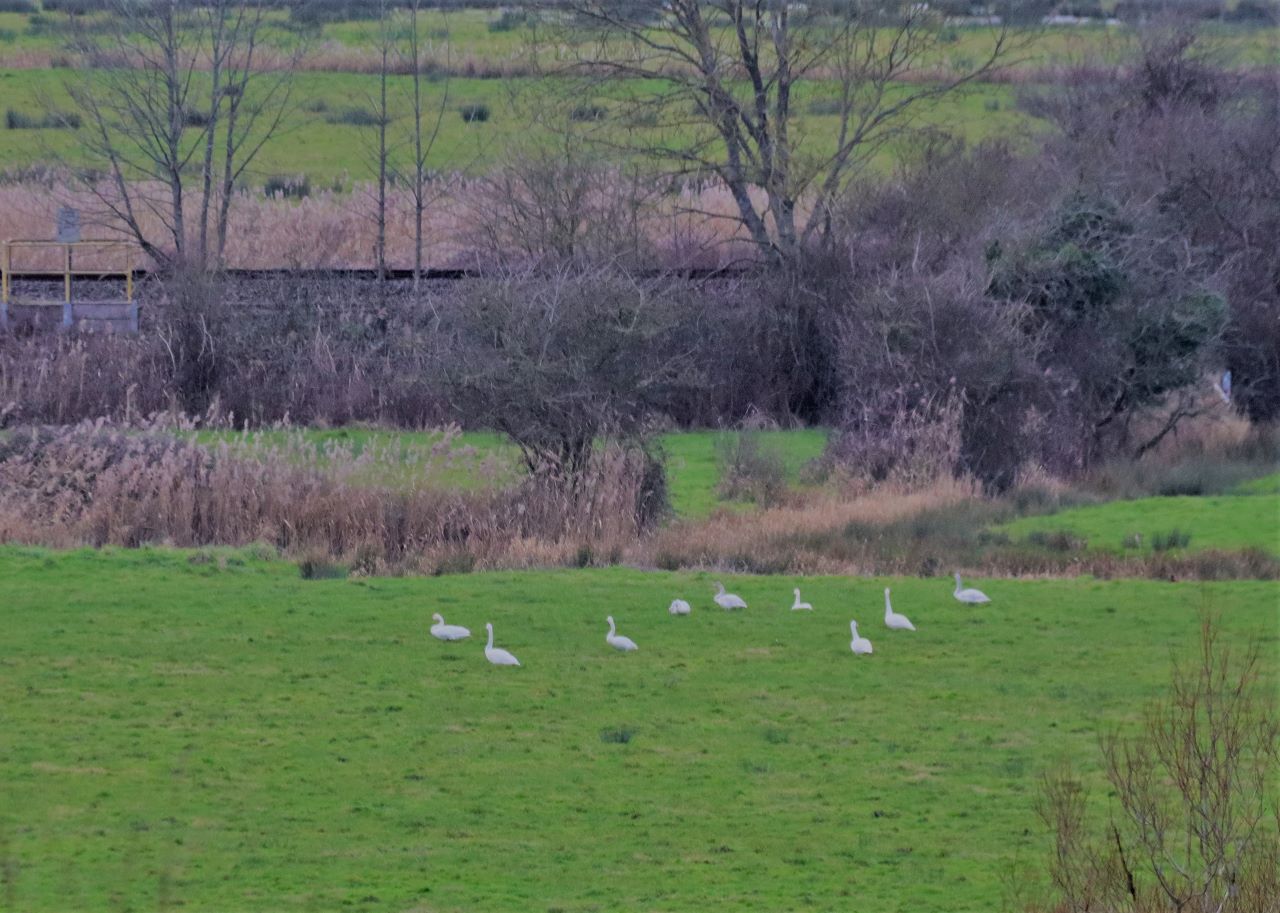

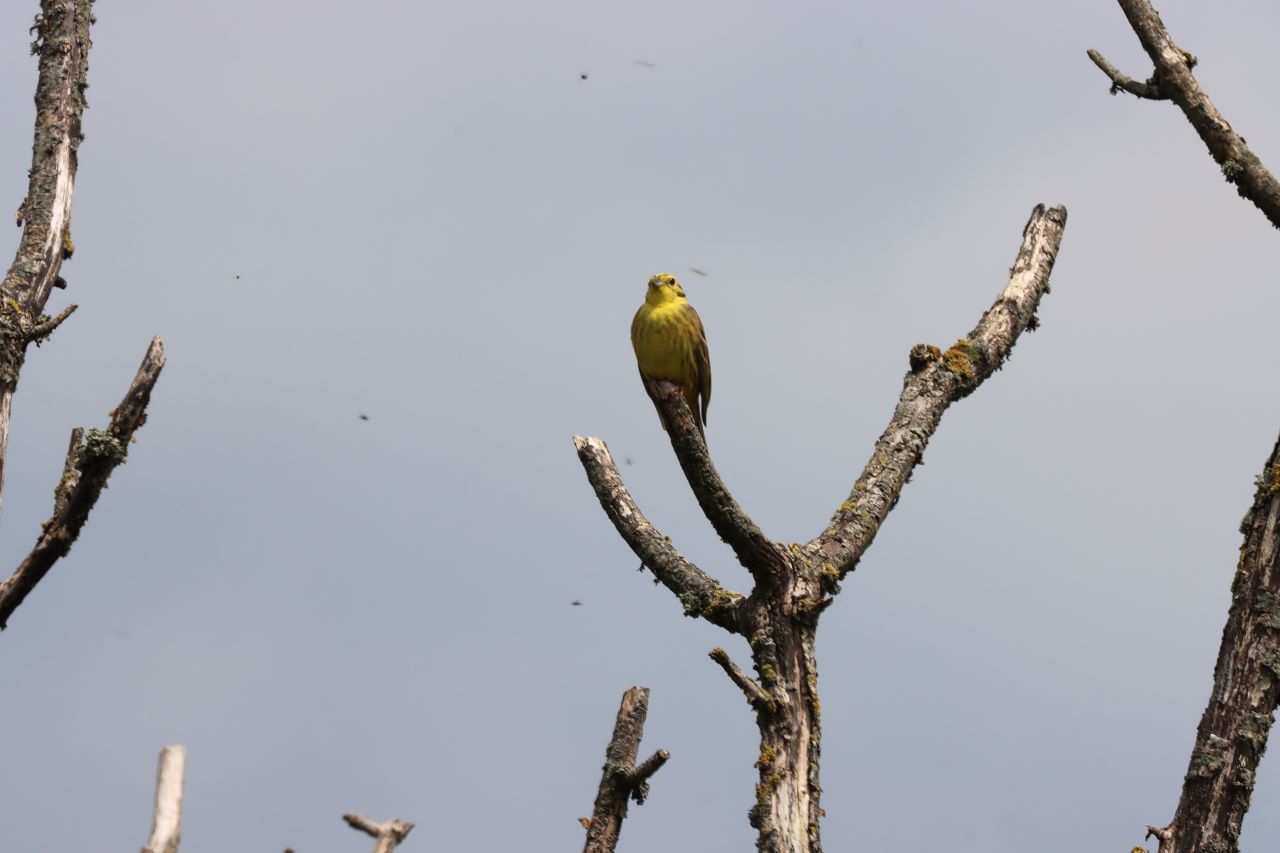
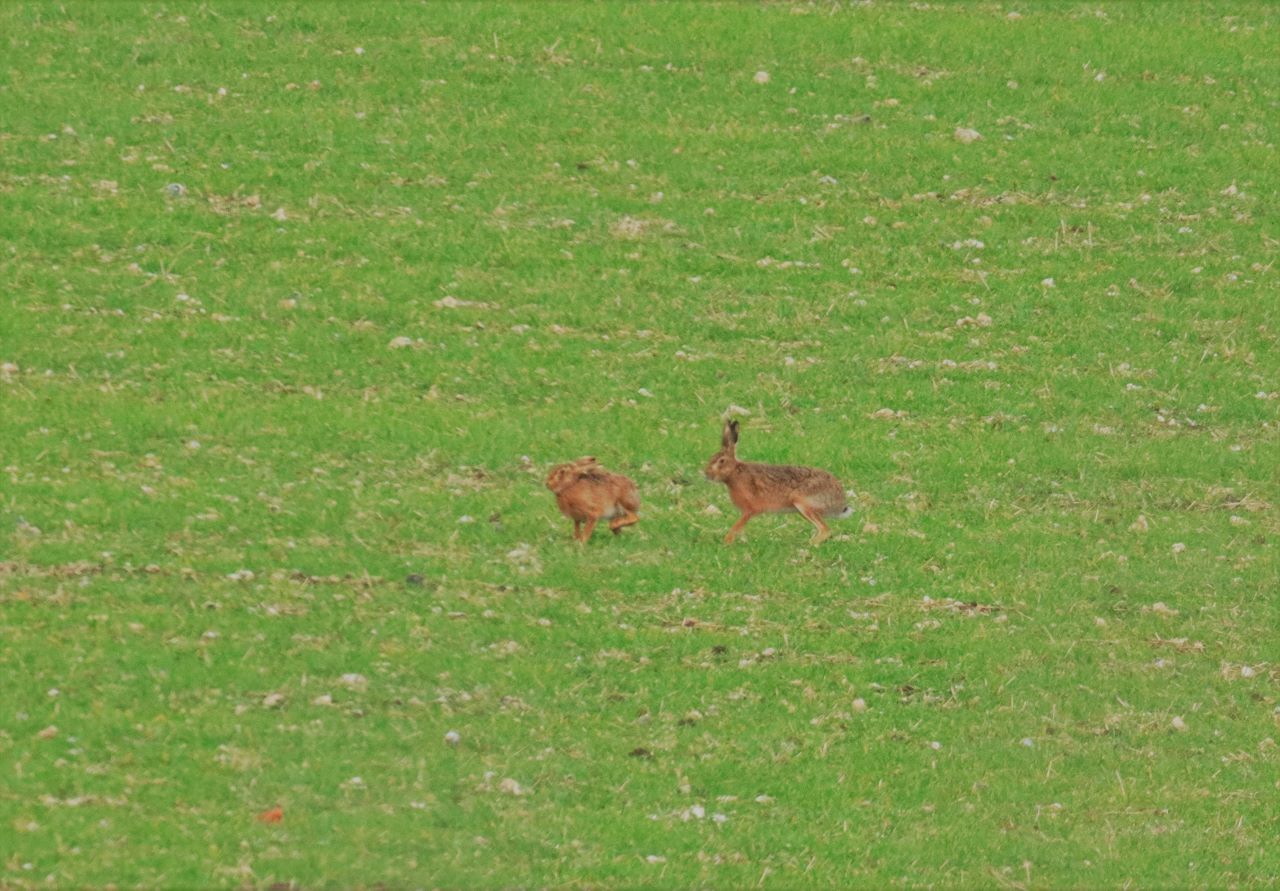
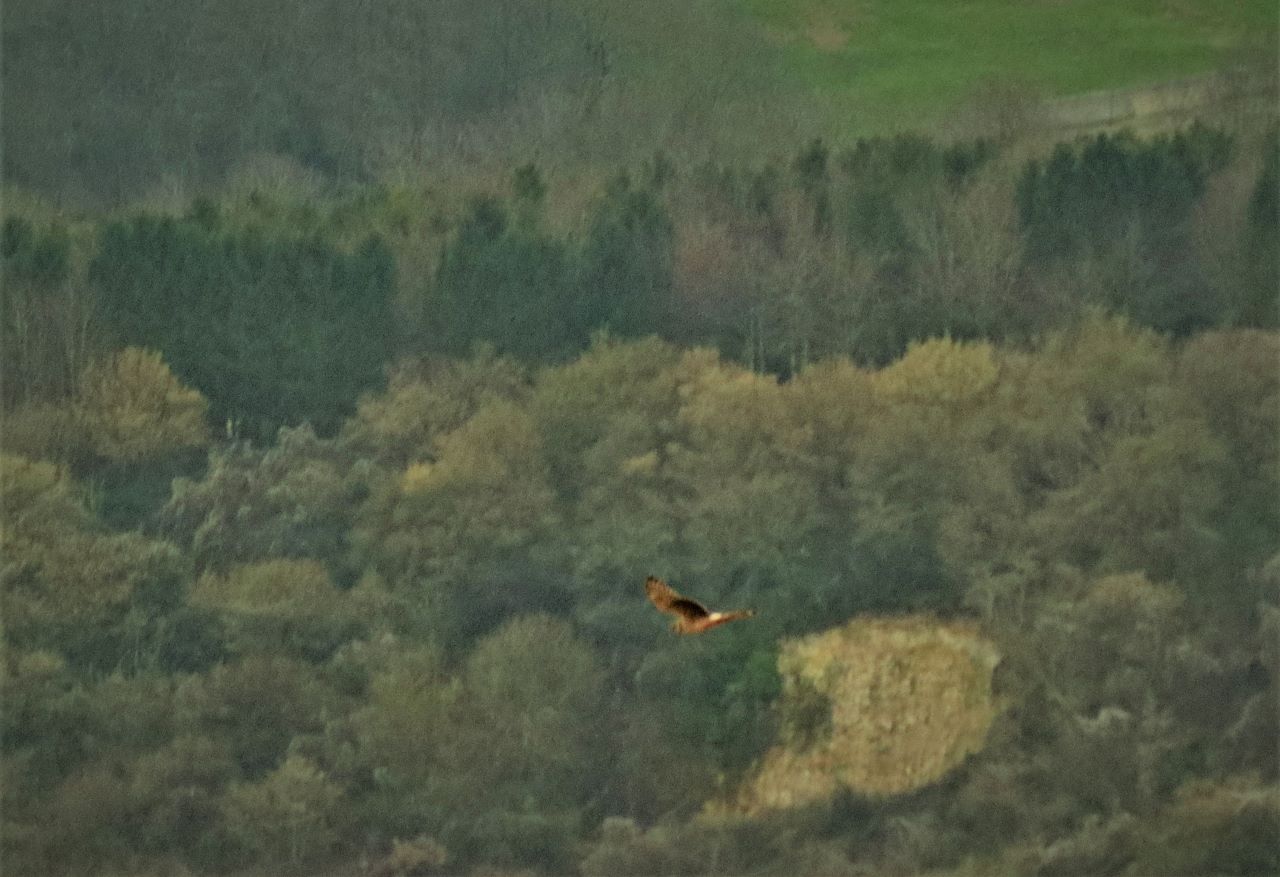
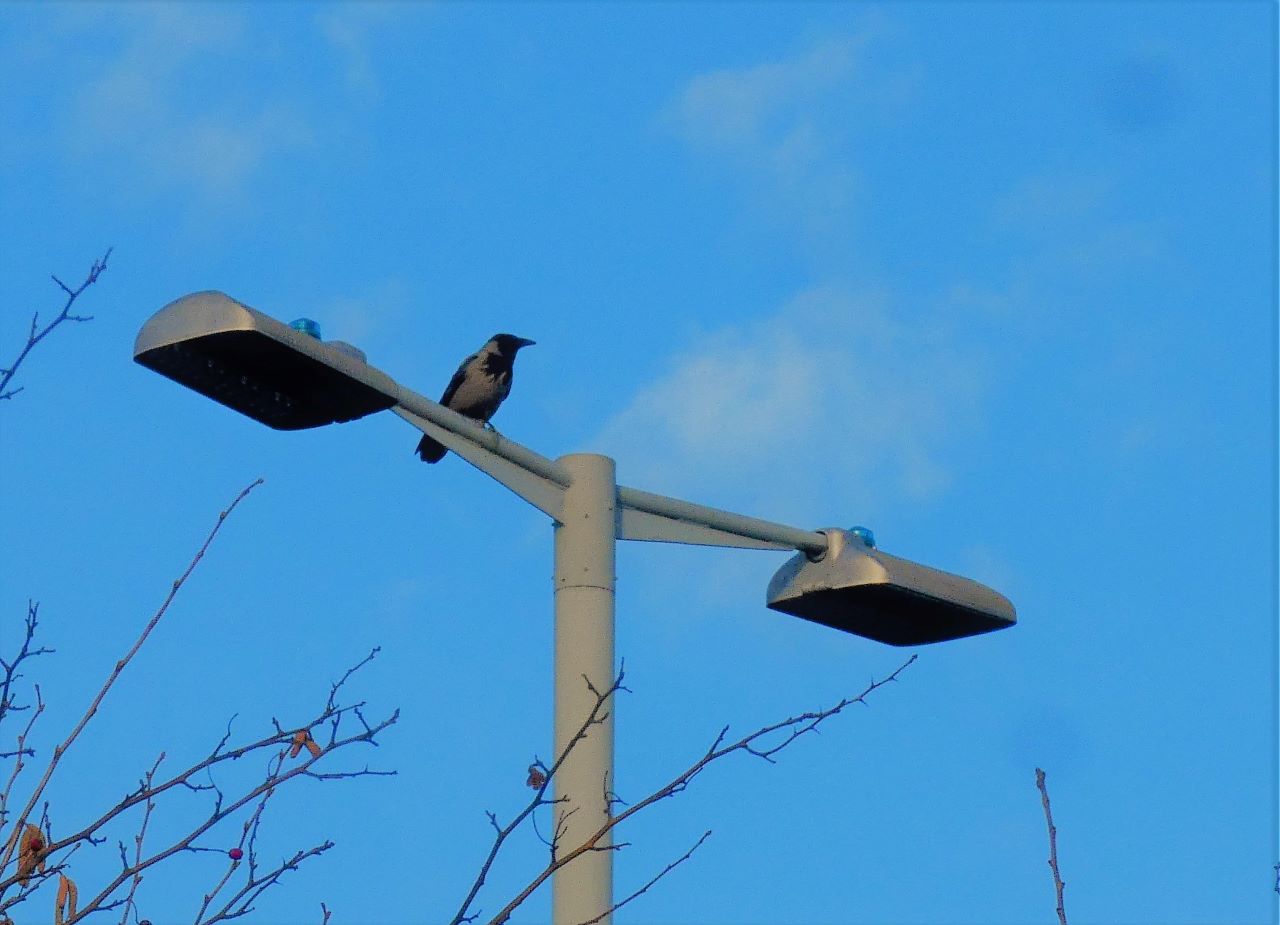
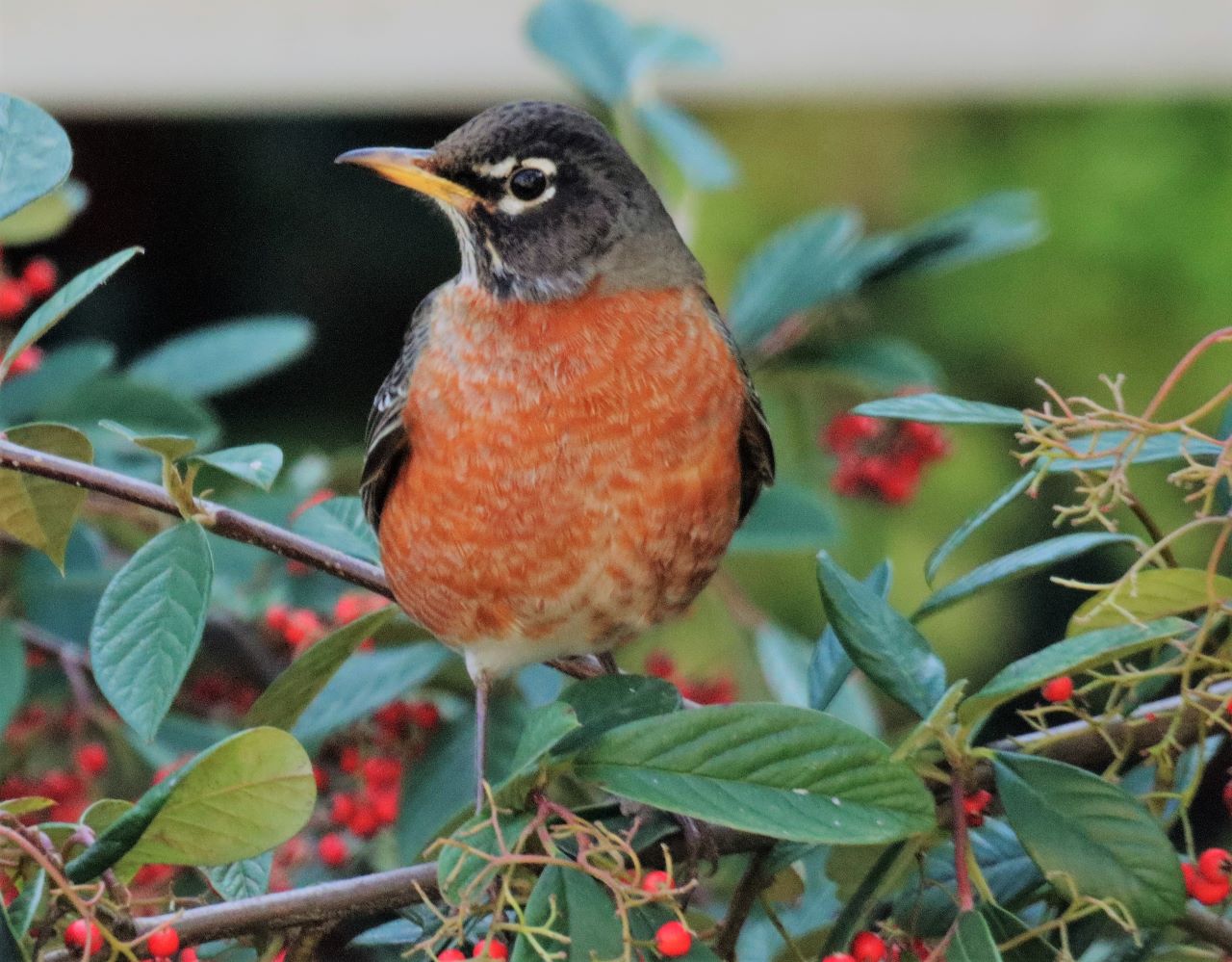






Recent Comments